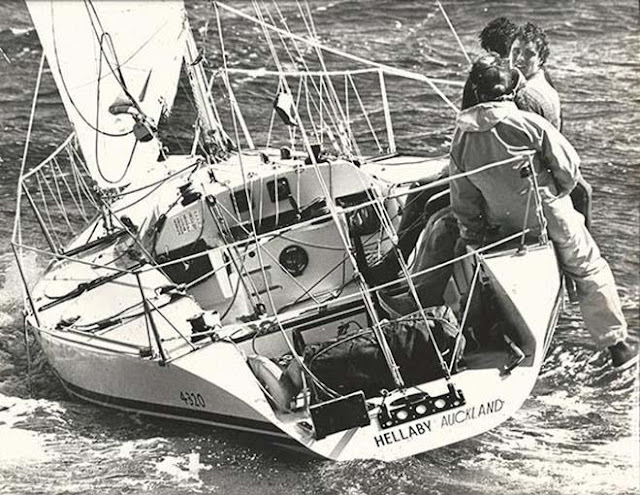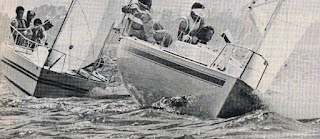The Coutts Quarter Ton Cup 2016 will be hosted by the Royal Yacht Squadron, Cowes, from Wednesday 15 to Friday 17 June. As always the event will combine some of the closest and most exciting inshore racing anywhere in the world with a fun social programme and great class camaraderie.
Another new development for this year's event is the introduction of an additional class. Class Chairman Peter 'Morty' Morton explains the reasoning behind this. "What has occurred over the past few years is that the prototypes and past class winners have been upgraded considerably and in an attempt to encourage the production and older boats back to the event the organisers intend to run a second class provided sufficient numbers enter, known as the cruiser racer class. This will be for boats of a rating of 0.89 and below and for boats such as a GK24, Bolero, Quarto, Farr 727's, Eygthene 24's, Trapper 300. We know there are literally hundreds of those around and hopefully enough of them want to enjoy the regatta. They will be racing for the Roger Swinney Quarter Ton Trophy and it is intended that a round the buoys course will be set for them".
 |
| The refurbished Cobh Pirate competing in the 2015 Quarter Ton Cup |
Another much loved member of the class lost recently is the legendary Espada, a 1980 Bruce Farr design and winner of no less than three Coutts Quarter Ton Cups, which was destroyed in a boatyard fire in January. Morty is working closely with Espada's owner Julian Metherell to find him a replacement in time for the season.
In happier news Robbie Stewart has tracked down and bought Hellaby, the Laurie Davidson design that came second to Bullit in the 1980 Quarter Ton Cup in Auckland. Our photo above (courtesy Erle Williams) shows Hellaby on her way to second place at the 1979 Quarter Ton Cup with Johnny Lasher helming, Tony Bouzaid navigating, Erle Williams trimming and Joey Allen on bow.
Lacydon Protis, Bruno Trouble's 1981 Fauroux design which won the Quarter Ton Cup in Marseille that year, was found by Morty in Italy and has been bought by Diarmid de Burgh-Milne. She is currently undergoing a full refit at Casse Tete Marine ready for the 2016 season.
 |
| Lacydon Protis during the 1981 Quarter Ton Cup |
 |
| The Stephen Jones design Wings competing in the 1978 Quarter Ton Cup |
The Notice of Race, Entry Form and further information will be available shortly on the Quarter Ton website.
Addition information about the event can be obtained from Quarter Ton Class Secretary Louise Morton on louisemorton@me.com or +44 (0)7769 972979.























